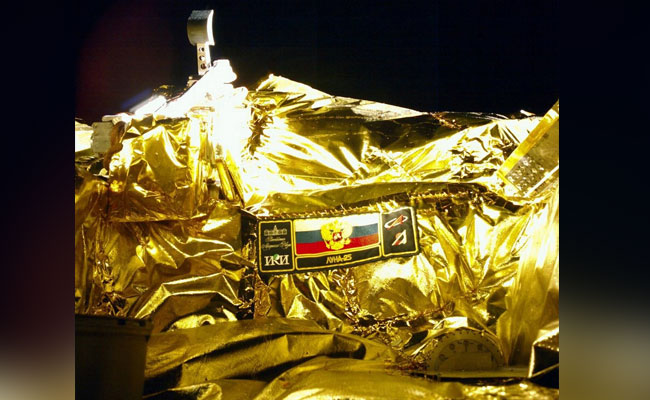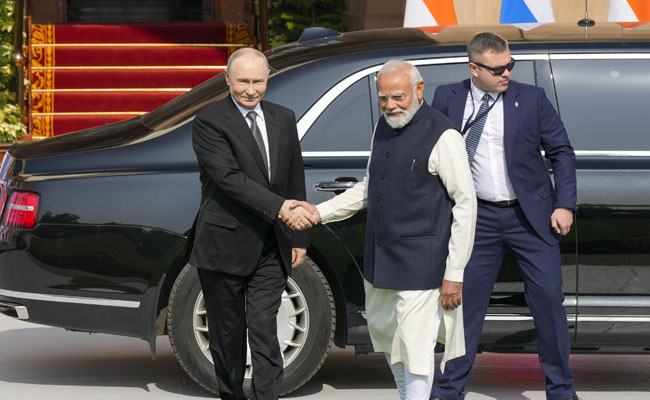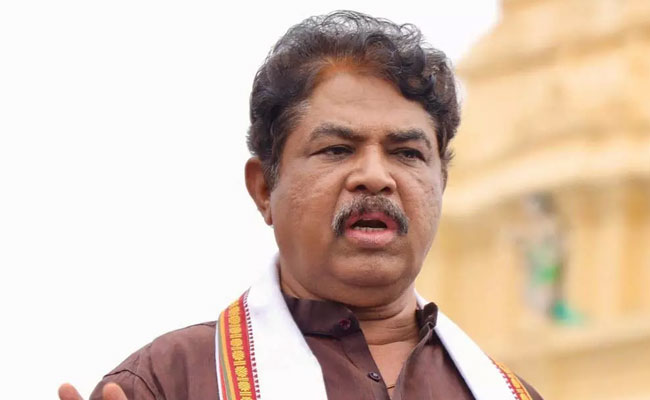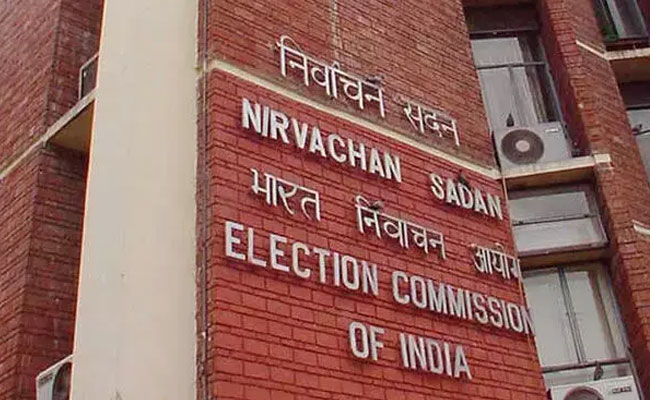Moscow (AP): The Russian space agency says its Luna-25 spacecraft crashed into the moon.
Russia's unmanned robot lander crashed after it had spun into uncontrolled orbit, the country's space agency Roscosmos reported on Sunday.
The agency said it lost contact with the spacecraft on Saturday after it ran into trouble while preparing for its pre-landing orbit.
"The apparatus moved into an unpredictable orbit and ceased to exist as a result of a collision with the surface of the moon," read Sunday's statement from the space agency.
The launch earlier this month was Russia's first since 1976 when it was part of the Soviet Union. The crash comes after Roscosmos reported an "abnormal situation" that its specialists were analysing on Saturday.
"During the operation, an abnormal situation occurred on board the automatic station, which did not allow the maneuver to be performed with the specified parameters," Roscosmos said in a Telegram post.
The spacecraft was scheduled to land on the south pole of the moon on Monday, racing to land on Earth's satellite ahead of an Indian spacecraft.
The lunar south pole is of particular interest to scientists, who believe the permanently shadowed polar craters may contain water. The frozen water in the rocks could be transformed by future explorers into air and rocket fuel.
Let the Truth be known. If you read VB and like VB, please be a VB Supporter and Help us deliver the Truth to one and all.
Mumbai (PTI): Aviation watchdog DGCA on Friday eased the flight duty norms by allowing substitution of leaves with a weekly rest period amid massive operational disruptions at IndiGo, according to sources.
As per the revised Flight Duty Time Limitations (FDTL) norms, "no leave shall be substituted for weekly rest", which means that weekly rest period and leaves are to be treated separately. The clause was part of efforts to address fatigue issues among the pilots.
Citing IndiGo flight disruptions, sources told PTI that the Directorate General of Civil Aviation (DGCA) has decided to withdraw the provision 'no leave shall be substituted for weekly rest' from the FDTL norms.
ALSO READ: 49 Indigo flights likely to be cancelled from Hyderabad
"In view of the ongoing operational disruptions and representations received from various airlines regarding the need to ensure continuity and stability of operations, it has been considered necessary to review the said provision," DGCA said in a communication dated December 5.
The gaps in planning ahead of the implementation of the revised FDTL, the second phase of which came into force from November 1, have resulted in crew shortage at IndiGo and is one of the key reasons for the current disruptions.
#BREAKING: #DGCA relaxes a clause which debarred airlines to club leaves with weekly rest to mitigate #IndiGo crisis
— Economic Times (@EconomicTimes) December 5, 2025
🔴 Catch the day's latest news here ➠ https://t.co/8eVBGnsJUA 🗞️ pic.twitter.com/KUWc8R2Kso





